Is the Mirror Protective Film Resistant to Oil and Stain
2025-10-24
1. Material and Coating Determine the Foundation of Oil and Stain Resistance
The oil and stain resistance of stainless steel mirror protective films primarily depends on the properties of the substrate and the surface coating. High-quality products often use a substrate with a smooth surface and a dense molecular structure, combined with an oil-repellent coating. This reduces the contact area between oil and the film surface, reducing the likelihood of adhesion. This coating creates a barrier-like effect, preventing oil from penetrating the film's interior and confining it to the surface, making subsequent cleaning easier. If the substrate surface is rough or lacks special oil-repellent treatment, oil is more likely to adhere and may penetrate deep into the film's crevices, making cleaning more difficult. In such cases, the oil-repellent performance is weaker.2. Oil-Resistance Performance in Real-World Scenarios
The oil-repellent performance of the protective film is more evident in scenarios with heavy oil stains. For example, in a kitchen, everyday cooking fumes and oil stains can contact the protective film surface. Products with oil-resistance properties can reduce the amount of oil residue on the film surface, and even if it does adhere, they are unlikely to solidify. Products with poor oil-resistance properties, on the other hand, will quickly adhere to the film surface and may gradually accumulate. Over time, this not only affects the appearance but can also deteriorate due to oil penetration, shortening the film's service life. In such scenarios, oil-resistance becomes a key indicator of the practicality of a protective film.3. Oil-resistance and cleaning ease are linked
The oil-resistance of a protective film directly impacts the cleaning process. Products with oil-resistance properties eliminate the need for strong detergents or repeated wiping. Surface oil stains can be removed with a simple cloth and mild cleaning products, reducing cleaning time and preventing wear and tear on the film surface caused by excessive wiping. Products with insufficient oil-resistance properties require more effort to clean, and frequent use of strong detergents can damage the film surface and disrupt its original structure, further reducing its protective and oil-resistance effectiveness.
4. Differences in Oil-Resistance and Selection
Different types of stainless steel mirror protective films have varying levels of oil-resistance. Some products focus on general protection, with oil-resistance being a basic feature and suitable for use in environments with minimal oil stains. Products specifically designed for oil-staining environments, however, feature a reinforced oil-resistance coating for enhanced oil-resistance, making them more suitable for specialized environments like kitchens. When choosing a protective film, consider the intended use scenario. If the film is to be used in an area with high oil stains, prioritize products clearly labeled as oil-resistance to ensure effective protection against oil stains and long-lasting protection.You Might Also Like
-
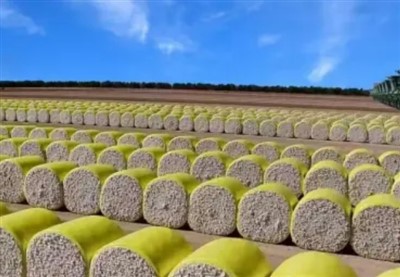
what are the advantages of cotton packaging film
-
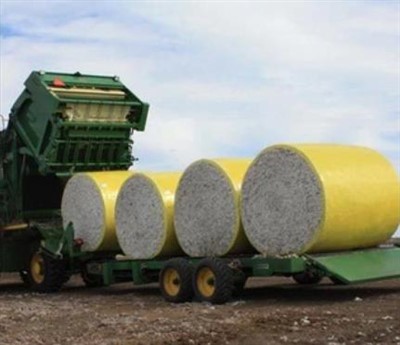
The Advantages of Cotton Wrap Film
-
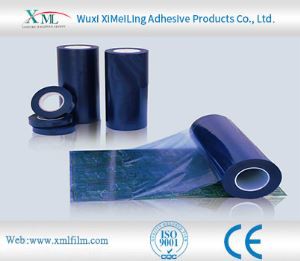
How does pe protective film cope with high temperature environment
-
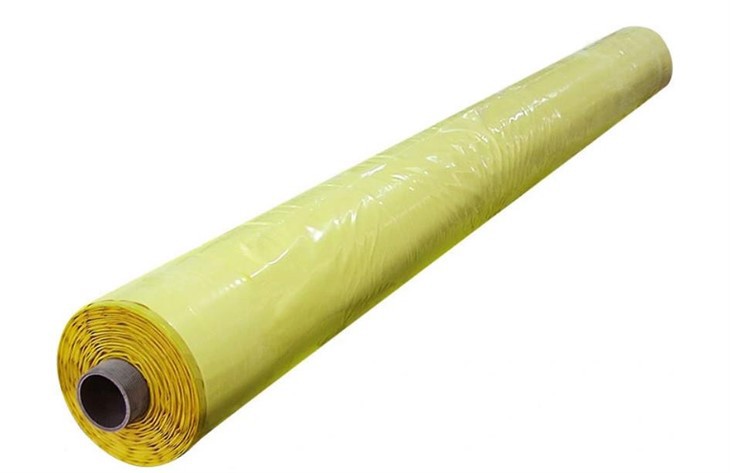
Advantages of Cotton Bale Wrap Film
-
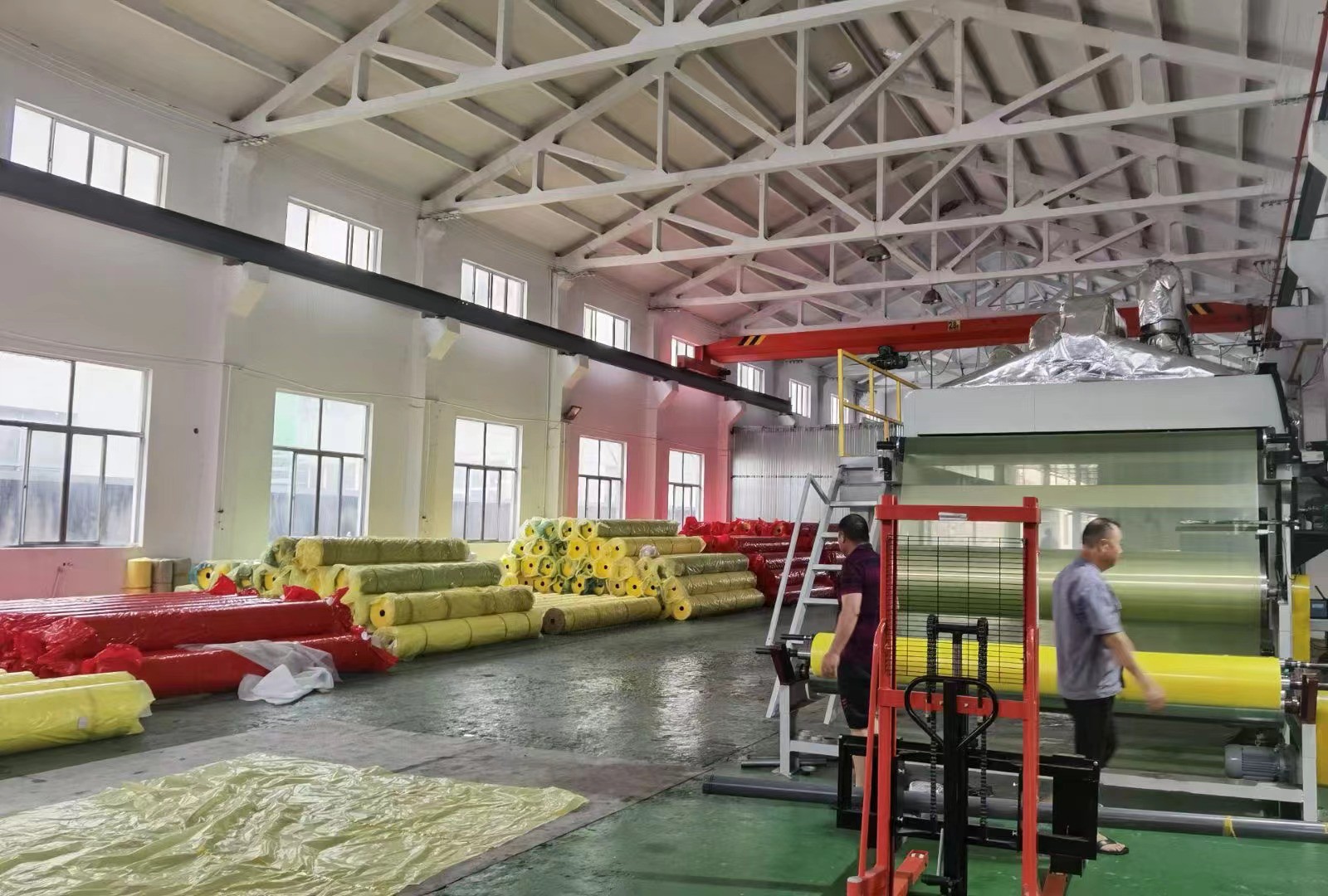
Storage method of cotton bale wrap film
-
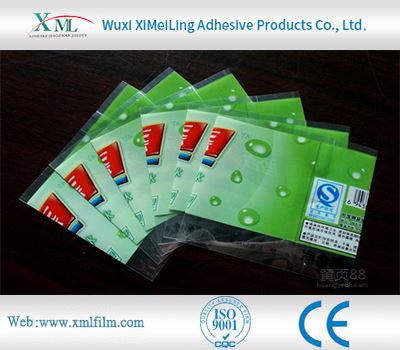
How Polyethylene Packaging Material Copes with High Temperature Environment
